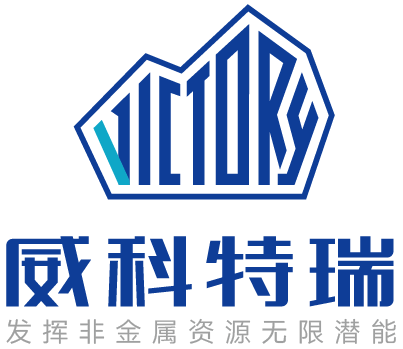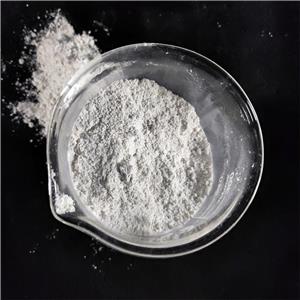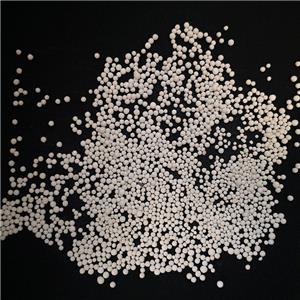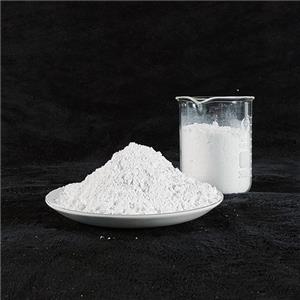Cosmetics low-end to high-grade: powder surface modification work to be in place!
Powder materials are widely used in cosmetics, especially in foundation, mascara, lipstick, blush, eye shadow, sunscreen cosmetics and powder. The above case is just one of the problems encountered by powder in cosmetics: when skin secretions break up, it is dizzy makeup. Lasting makeup is an important demand of cosmetics, but it is by no means the only demand of consumers. Other requirements, such as skin compatibility, comfortable feeling when using, good spreading performance on the skin (women who cannot spread foundation do not want it), low surface activity, sebum control, etc., are all concerned by consumers.
Powder as an important raw material of cosmetics, its best in the application can meet the requirements of safety, functionality, tone, shape, fineness and sense of use. And good cosmetics (high-grade) and cosmetics (low-end) its efforts in the surface modification of powder are certainly not the same. Although it can not be said that powder modification determines whether cosmetics are high-grade, but can only say that "powder surface modification of cosmetics formula influence that is decisive", let's discuss the following, cosmetic powder surface modification technology in cosmetics application ~~~
When the powder material without surface treatment is used, it fails to return the expected power in the formula, and cannot meet the use requirements of high-grade cosmetics at present.
1. Purpose of modification
For a single powder, the purpose of surface treatment: get better texture, luster, slippage and affinity, increase compatibility, improve dispersion, control release, give new functional characteristics (coloring, hiding power, stability, improve safety and so on). A variety of powder for the same surface treatment purpose, in addition to the purpose above, it is more important to make the different powder, surface physical and chemical properties as far as possible tend to be consistent. This is very important for the formulation system containing a variety of powders.
2. Type of modifier
Surface treatment agents are divided into inorganic surface treatment agents and organic surface treatment agents. The most common inorganic surface treatment is to use zirconium oxide, silicon oxide and aluminum oxide to treat the surface of titanium dioxide. The main purpose of inorganic surface treatment is to reduce the activity of titanium dioxide, zinc oxide and other powder with photocatalytic properties, so as to obtain the required durability and optical properties. Organic surface treatment using stearic acid, stearate salt (or other fatty acid salt), titanate coupling agent, aluminate coupling agent, perfluorophosphates, silane coupling agent, containing hydrogen silicone oil, other surface treatment agents. The properties of treating agents are divided into hydrophilic surface treatment and hydrophobic surface treatment.




